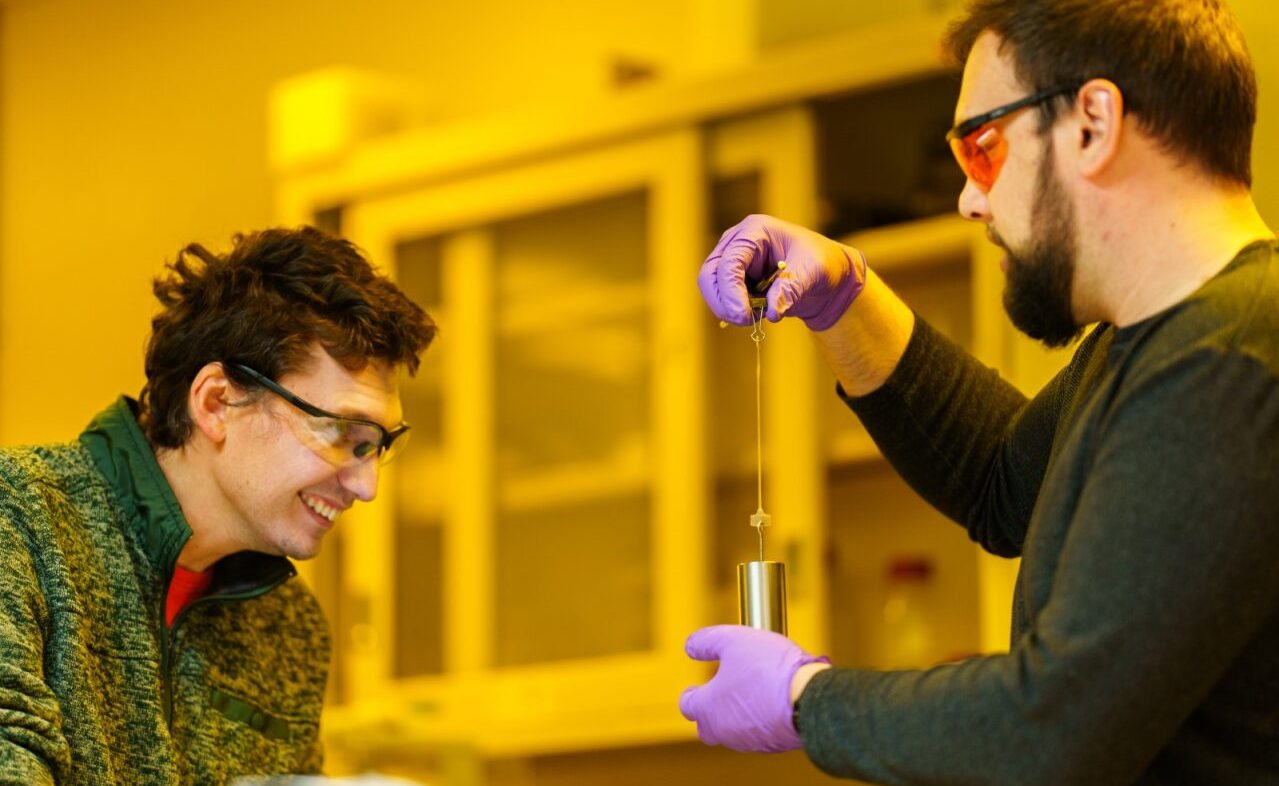
3D printing has changed the world.
It’s allowed the aerospace, medical, automotive, manufacturing and many other industries to customize parts and prototypes in ways they never could before. It has drastically increased flexibility and cost effectiveness while reducing waste and production time. But many 3D-printed materials aren’t the strongest.
A team of chemists and materials scientists at Sandia National Laboratories hopes to change that.
They’ve developed a new printing process that prints stronger nonmetallic materials in record time, five times faster than traditional 3D printing.
“It opens up a whole new world of what you can build and what 3D materials can be used for,” said Samuel Leguizamon, materials scientist.
He led the team that developed SWOMP, which stands for Selective Dual-Wavelength Olefin Metathesis 3D-Printing. As indicated by its name, it uses dual-wavelength light, unlike the traditional printing process.
Read the complete news release to learn more about SWOMP.
Photo: Samuel Leguizamon, left, watches as Alex Commisso stretches 3D material that they printed at Sandia National Laboratories, using Selective Dual-Wavelength Olefin Metathesis 3D-Printing, or SWOMP. (Photo by Craig Fritz)
April 17, 2024